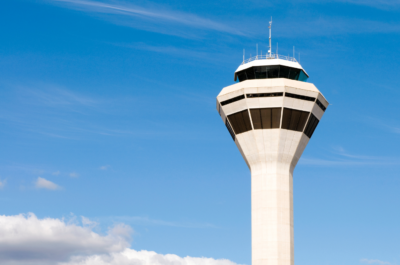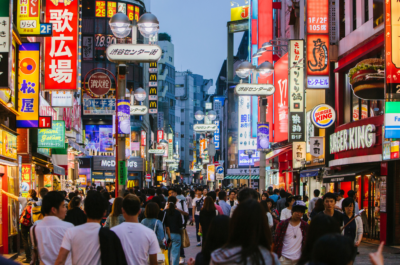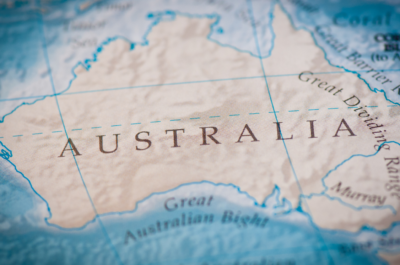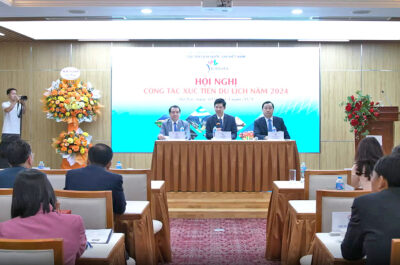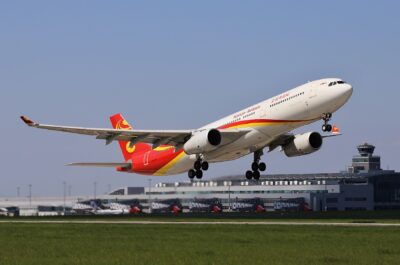…
The importance of the outbound markets in Asia is sometimes confused by the absence of some statistics, and also different measures in the statistics that are available.
The two biggest markets in terms of travel numbers are China and Japan, where China overtook Japan in 2002.
The total of the major outbound markets in Asia Pacific totalled just under 40 million in 2002, see Table 1; the smaller markets might add 1 million to the total. In 2003 the re-gion was heading for a decline of over 10%, see Table 2.
Cities still win
According to a report from the World Tourism Organization*, Hong Kong and Singapore show up in the top spots in terms of trips per 100 population, and in terms of travel spend. If there is a surprise, it is that the two city-markets are so far ahead – more than twice the closest market (New Zealand) in terms of trip ratio, and an amazing three-fold in terms of per-capita spend. Note, however, that in spend-per-trip, see Tables 5&6, they are less good.
Even if such an outcome is to be expected, there are still a surprisingly-high number of figures that show markets are better or worse than general perceptions – see below.
However, before attempting further analysis, some comments need to be made on the differences in statistical measurements because some make a great difference in interpretation. The main factors are that the World Tourism Organization counts land border crossings:
- for the Malaysia market for travel into Singapore and Thailand;
- for Thailand into Malaysia;
- for China into Hong Kong.
- for Singapore into Malaysia;
- for Hong Kong into China.
- Australia. A solid, good-yielding market.
- China then the region’s second-largest in numbers (now the largest), and was growing at 16% compared with a 9% decline in the leading market, Japan. Note that China’s trip ratio is tiny; if it was the same as Japan’s, then China’s outbound total would have been 165 million international travellers in 2001!
- Hong Kong. Figures show this is probably the best market in the region – particularly in terms of marketing cost/results.
- India is weak not only in numbers, but also in spend. From a trip count just below Hong Kong’s, for instance, India’s spend is only 20% of Hong Kong’s.
- Indonesia, on which there is little outbound market data, shows up well in the only measure available from the WTO – spend. The market spends almost 25% more than a much-favoured (and much over-rated) market, India. And in per-capita terms (both have big populations) almost five-fold more.
- Japan is not as clear ahead as many assume. Although its travel spend is US$27 billion, its per-trip spend at US$1600 is below those of Australia and Hong Kong, for instance.
- Korea, known as a fast-growing market but assumed to be a cheap market, actually produces a good per-trip spend.
- Statistics on New Zealand indicate it can be considered a better-yielding market than its antipodean neighbour.
- Philippines is often considered a good market in the top segment. This WTO data, however, shows it is poor; on about the same level as India.
- Singapore. Just a little behind Hong Kong.
- Taiwan. Good measures put this neglected market comfortably in the region’s top five.
- Thailand. Low-spend market but much better than a market with a similar-size (big) population, Philippines.
But for some reason, not the reverse:
Because the distortion caused by counting land-crossings is so great in the case of
Malaysia, that market is ignored in our analysis.
Other observations from data in Table 4 :
TravelDailyNews Asia-Pacific editorial team has an experience of over 35 years in B2B travel journalism as well as in tourism & hospitality marketing and communications.

































